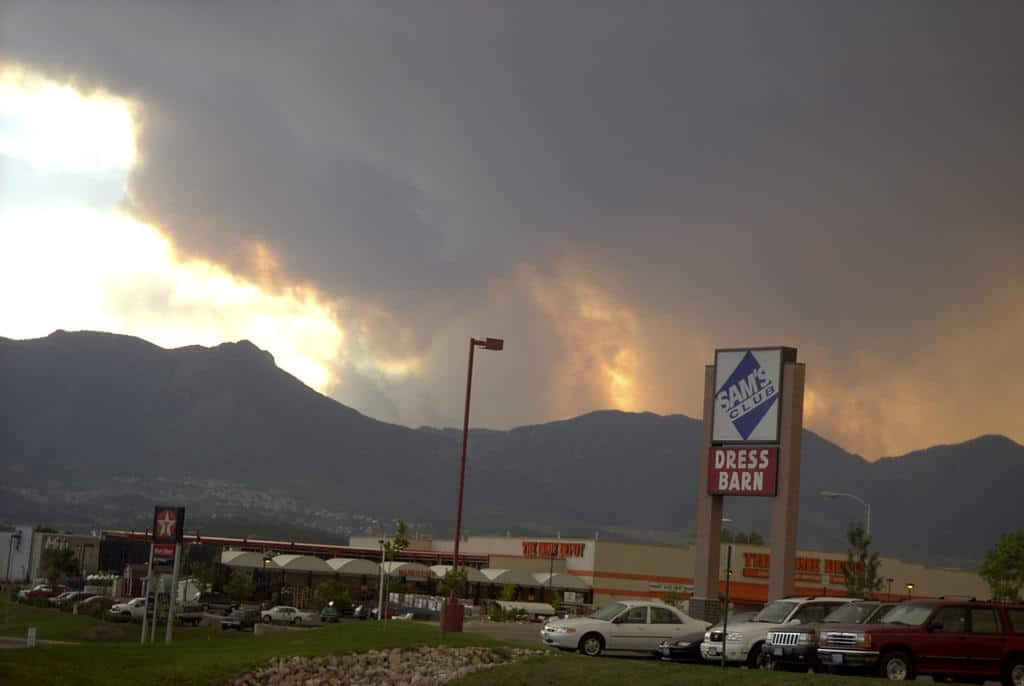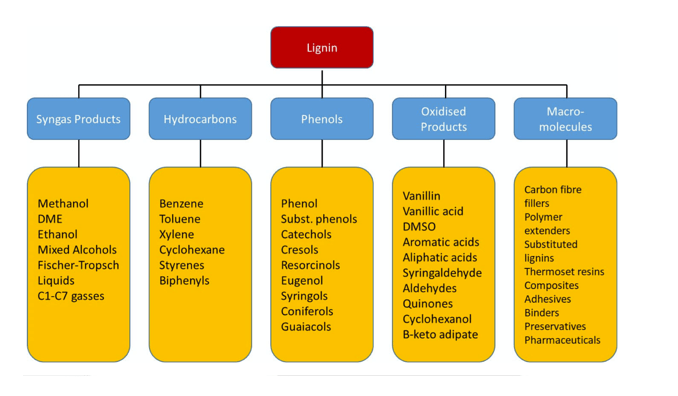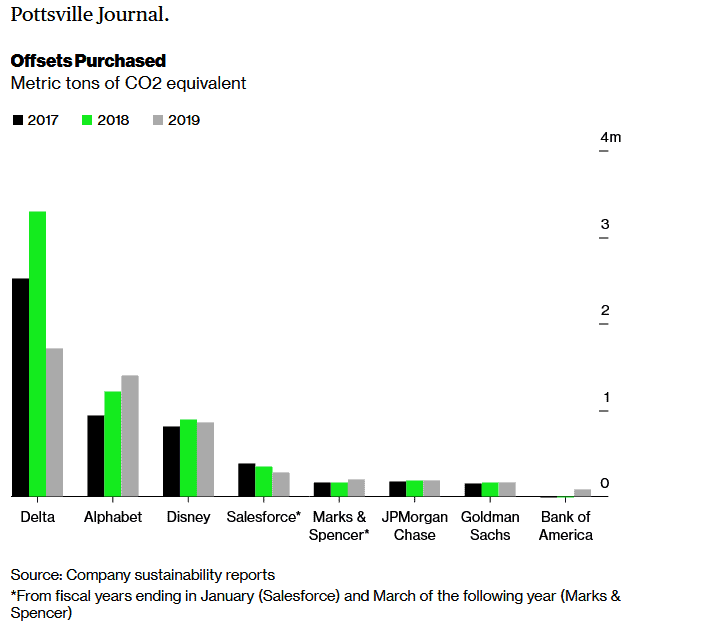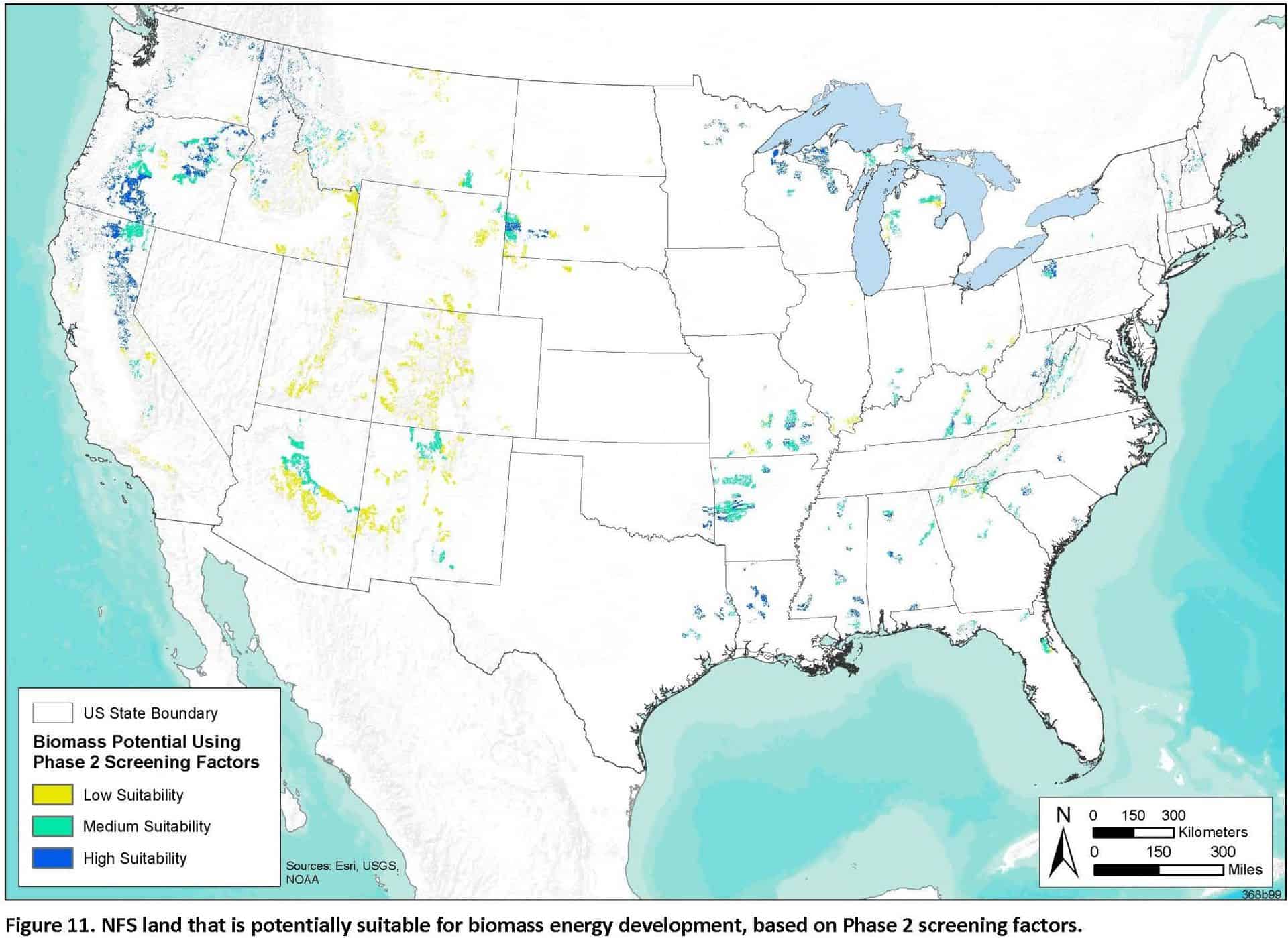
I like how this the author of this AP story sought out different scientific points of view. Thanks for sending, Rebecca!
Some scientists say: Wildfires are all about climate change, study in PNAS:
The findings underscore the growing public health threat posed by climate change as it contributes to catastrophic wildfires such as those that charred huge areas of California and the Pacific Northwest in 2020. Nationwide, wildfires were the source of up to 25% of small particle pollution in some years, the researchers said.
“From a climate perspective, wildfires should be the first things on our minds for many of us in the U.S.,” said Marshall Burke, an associate professor of earth system science at Stanford and lead author of the study.
“Most people do not see sea-level rise. Most people do not ever see hurricanes. Many, many people will see wildfire smoke from climate change,” Burke added. The study was published in the Proceedings of the National Academy of Sciences.
Other scientists say: Wildfires are not ALL about climate change, and why pick 10 years if you have satellite data?
There’s little doubt air quality regulations helped decrease other sources of pollution even as wildfire smoke increased, said Loretta Mickley, an atmospheric chemist at Harvard University. But it’s difficult to separate how much of the increase in smoke pollution is driven by climate change versus the forest fuel buildup, she added.
Mickley and researchers from Colorado State University also cautioned that fires can vary significantly from year to year because of weather changes, making it hard to identify trends over relatively short periods such as the decade examined in the new study.
Yet other scientists say:
The new study matches up with previous research documenting the increasing proportion of pollution that comes from wildfire smoke, said Dan Jaffe, a wildfire pollution expert at the University of Washington. Jaffe added that it also raises significant questions about how to better manage forests and the role that prescribed burns might play.
“We have been making tremendous progress on improving pollution in this country, but at the same time we have this other part of the puzzle that has not been under control,” Jaffe said. “We’re now at the point where we have to think about how to manage the planet a whole lot more carefully than we’ve done.”
While looking at some historic documents about air quality, I ran across this:
On 28 July 1994, dry-lightning storms started multiple wildfires across the Eastern Cascades of central Washington State. Conditions were extremely dry in the national forests. The 1994 water year was the third in a row in which annual streamflow had been well below average at various long-term gaging stations (USGS 2004; Robison 2004). Water years 1993 and 1994 were more than one standard deviation below period of record average values for the Wenatchee, Stehekin and Methow Rivers. The largest of the fires burned 185,000 acres (74,867 ha) on the Wenatchee National Forest. At that time, it was the largest wildfire complex within a single national forest in the history of the Forest Service (FS). The fires caused many weeks of impaired air quality in all five cities of Chelan County. This paper discusses the evolution of two resource management programs, the Healthy Forests Initiative, relying heavily on prescribed fire, and the Air Quality Management Program, both of which have evolved since the fires of 1994. The subject area is the Okanogan-Wenatchee National Forests (Forests) of central Washington State (Figure 1).
Folks have obviously been trying to ramp up prescribed fire since the mid-90’s- even before climate change developed as the umbrella issue.
Will framing it as a climate issue instead (as promoted by some scientists) help or hurt these efforts that have struggled for at least thirty years to get attention and support? Not to pick on Jaffe but the quote says “we have to think about how to manage the planet a whole lot more carefully than we’ve done.” I think there’s been quite a bit of thinking, since Biswell in the 40’s. The problem to me is about actually doing something that’s been adequately thought out, but has a host of well-documented difficulties in implementation. Will the energy of defining it as a climate issue bring it more attention and push us over the hill of difficulty? Or just more words and studies?







